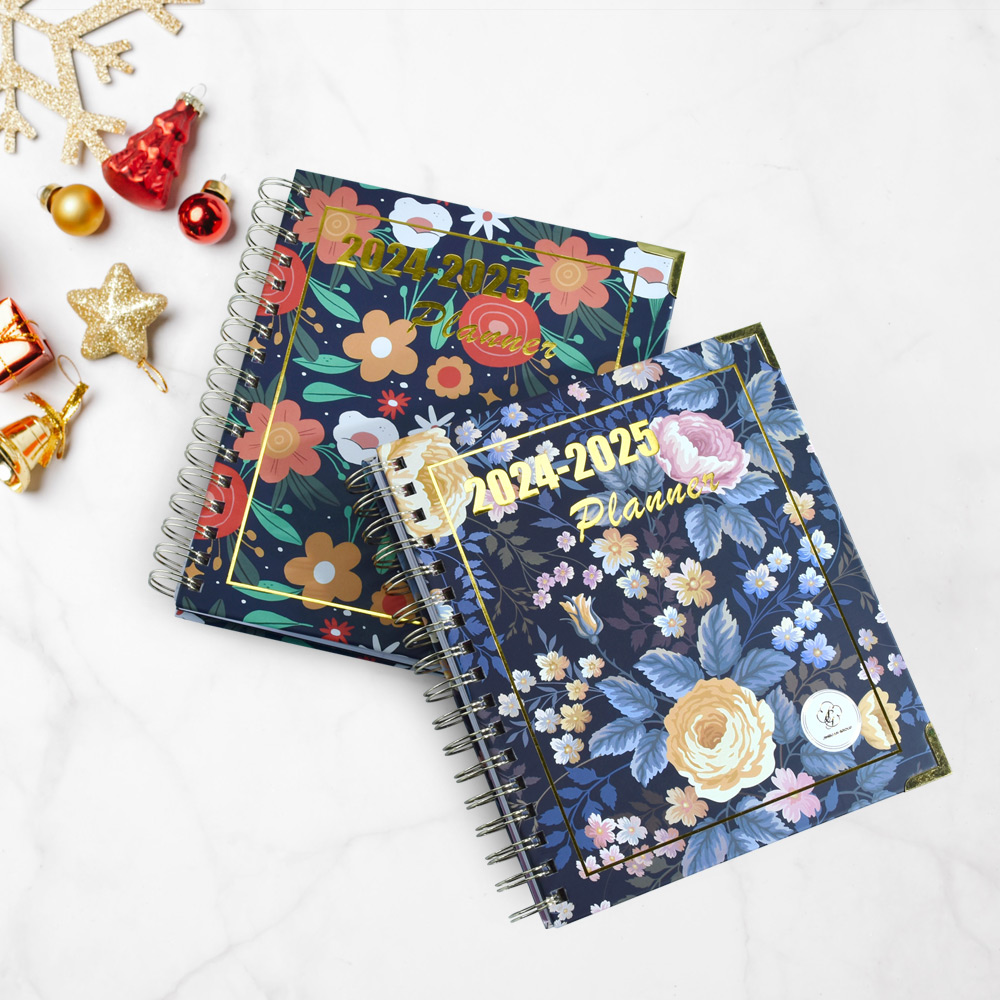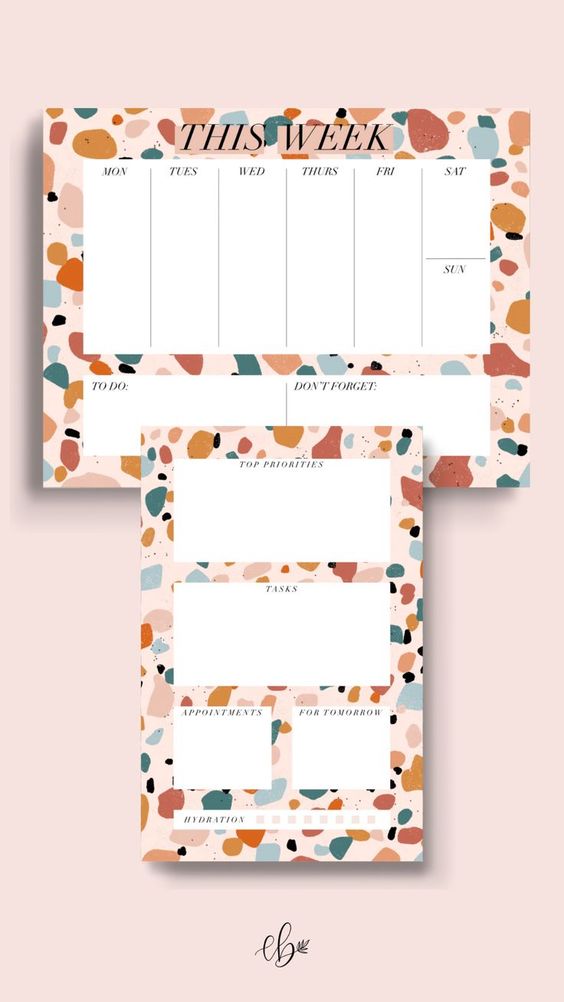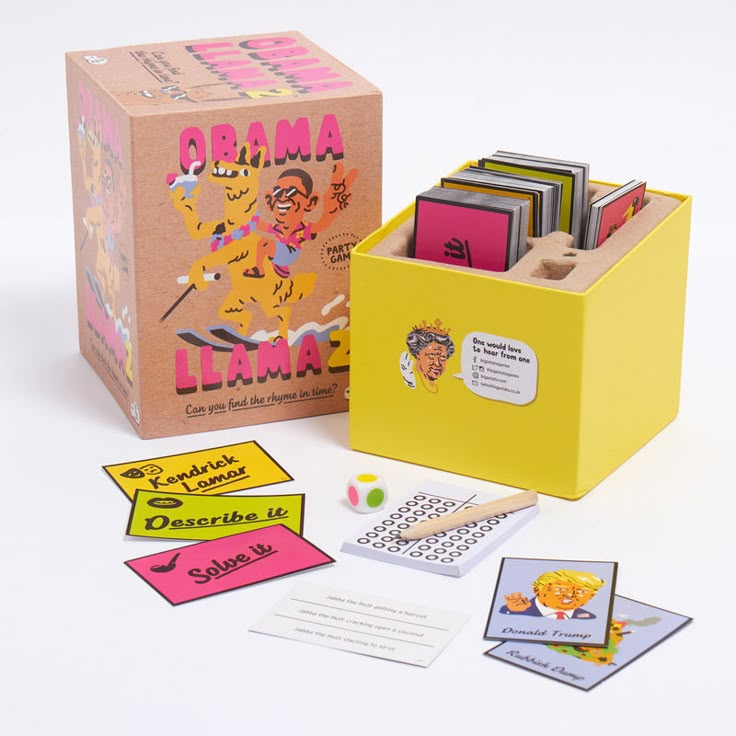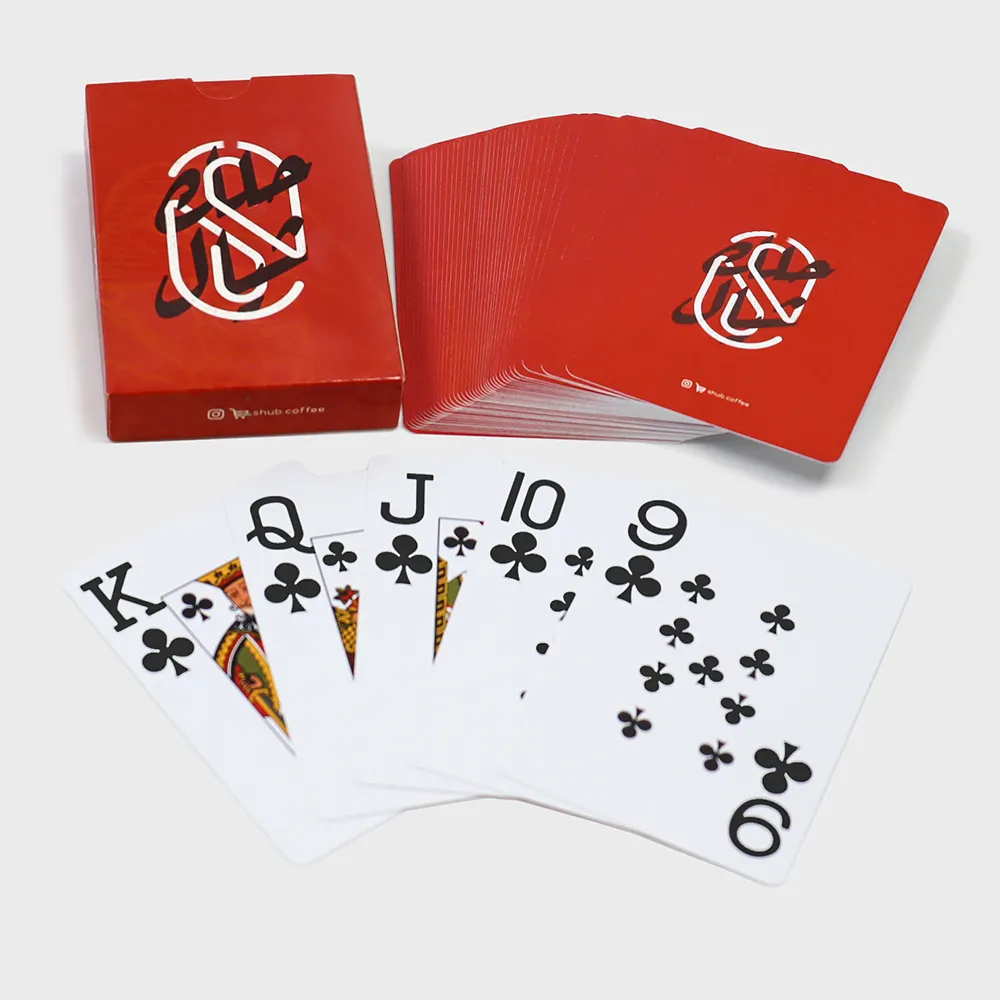What Is Commercial Printing in 2025?
Commercial printing refers to large printing companies providing professional, customized, and large-volume printing services to marketing and advertising companies, enterprises, publishers and self-media people, e-commerce and e-commerce sellers, event and exhibition organizers, government agencies and public utilities, non-profit organizations and social groups, and other buyers with bulk printing needs.
The main providers of commercial printing are as follows:
- Large commercial printing groups
- Chain quick printing shops and regional processing centers
- Digital printing and online customization platforms
- Professional subdivision factories and customized workshops
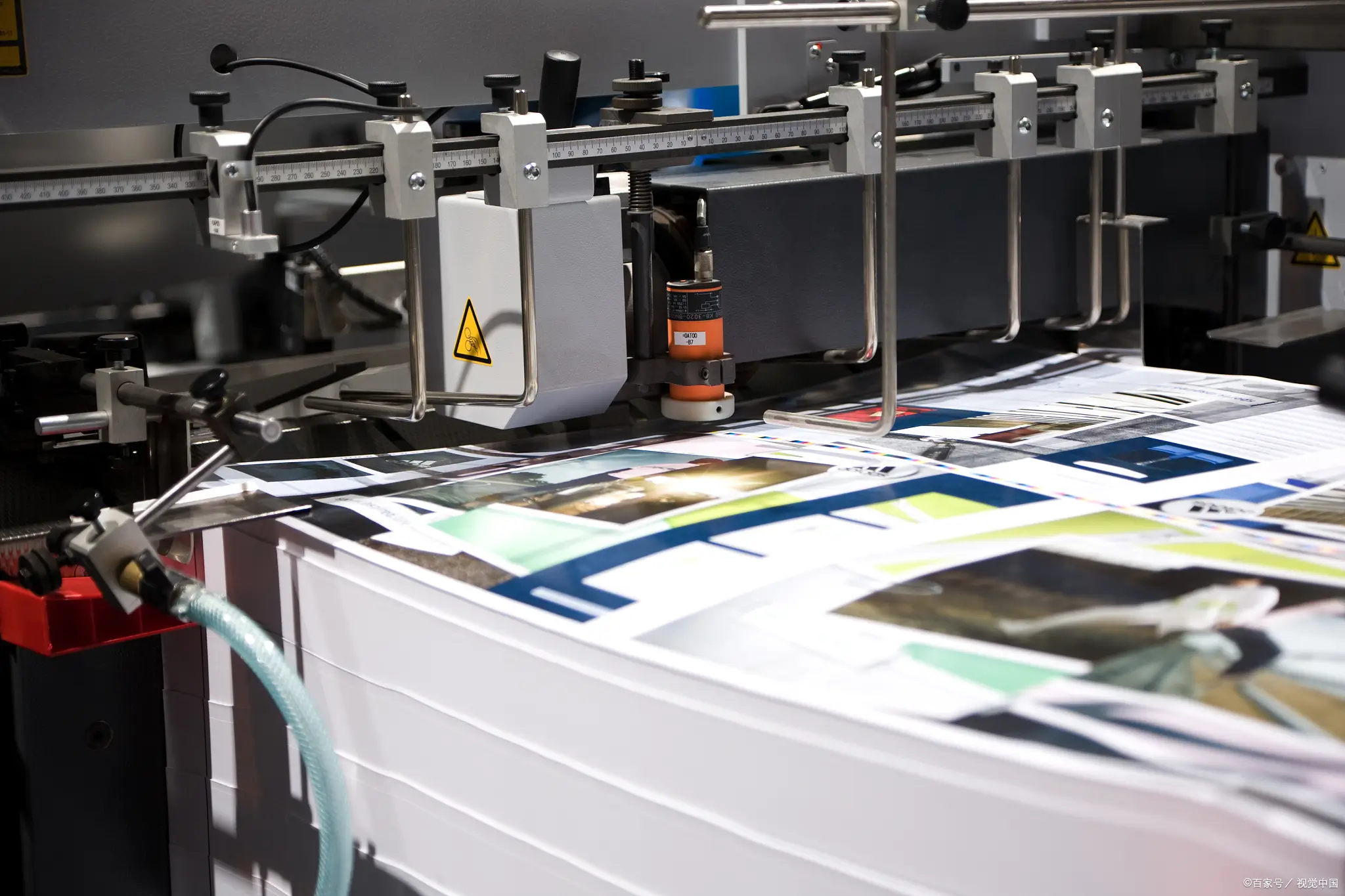


Commercial printing VS ordinary printing
Unlike home or personal printing, commercial printing companies use large-scale printing equipment to produce various types of printed materials at higher speeds and higher quality.
Common printed materials include brochures, product catalogs, direct mail marketing materials, packaging, magazines, books, notebooks and cards, etc.
Top 5 Commercial Printing Trends to Watch
The printing process is smarter: The popularity of high-speed digital printing equipment has made on-demand printing, short-run custom printing and variable data printing increasingly common. These new printing technologies can meet more complex personalized printing needs.
Printing materials are more environmentally friendly: In China, most of today's printed products are printed with environmentally friendly paper, vegetable inks and energy-saving and efficient printing equipment. These changes enable consumers to cope with increasingly stringent environmental regulations in countries around the world.
The printing process is more convenient and efficient: China's commercial printing companies have fully automated the entire process from pre-proofing to post-processing. This printing method can not only greatly shorten the delivery cycle, but also minimize human errors.
Printing technology that keeps pace with the times: The integration of three printing processes, UV curing, LED irradiation and hybrid printing, can effectively improve the durability and texture of paper prints.
Now, you can even directly produce special printing effects such as glazing and embossing during the printing process, without the need for additional complex processing.
To sum up the new changes in the printing industry in 2025 mentioned above, the popularization of new printing technologies has greatly improved the quality, efficiency and environmental protection of commercial printing. Commercial printing services have gradually become a reliable solution for large-scale printing needs of enterprises.
Types of commercial printing
1. Offset printing
Uses metal plate + rubber cloth transfer, suitable for large-scale printing (such as brochures, albums, books, etc.), with high color reproduction and unit price decreasing with the print volume, but plate making and machine adjustment take a long time, and the cost of short-run printing is high.
2. Digital printing
Directly output from digital files, no plate making is required, and samples can be quickly obtained. It is suitable for short-run, personalized or variable data printing (such as personalized business cards, short-run flyers). Although the cost per sheet is slightly higher, there is no need for waste and large-scale inventory.
3. Flexo printing (Flexo)
Uses flexible plates to print at high speed on roll materials (plastic films, cartons, labels, etc.), suitable for medium and large-scale packaging and label production, fast speed, wide application, and high front-end layout cost.
4. Gravure printing (Gravure)
Uses gravure cylinders to transfer ink to the substrate, suitable for ultra-large-scale printing (such as packaging films, large magazines). The color is rich and the quality is consistent, but the plate-making cycle is long and the cost is high. It is only suitable for large quantities of more than one million.
5. Screen printing (Screen)
The ink is scraped onto various flat or curved surfaces (paper, cloth, glass, metal, etc.) through the screen. It is commonly used in posters, car stickers, T-shirt printing, light box cloth, etc. The ink layer is thick and weather-resistant, but the cost increases when there are multiple colors and the details are limited.
6. Letterpress/Relief printing (Letterpress/Relief)
The raised surface is directly pressed on the paper, which can present a concave and convex touch. It is mostly used for small-volume needs such as wedding invitations and high-end business cards. The production is exquisite but the efficiency is low and the cost is high. It is only suitable for scenes that pursue a sense of craftsmanship.
7. Large-format printing (Large-format)
Wide-format digital inkjet printing is output to rolls or plates. It can be used for large-scale pictures such as exhibition backgrounds, car body advertisements, outdoor banners, and indoor walls. It has bright colors and good weather resistance, but the resolution is slightly lower than offset printing and is not suitable for high-precision printing.
8. Special processes and value-added printing
Including UV digital (can be directly printed on hard surfaces and do partial relief), thermal sublimation (for photos, polyester fabrics), pad printing (printing on curved objects), variable data (personalized content), hardcover binding and hot stamping, partial UV and other post-processing to meet high-end or personalized needs.
How commercial printing works?
Before printing work begins: the client needs to provide the designer with an image file with the highest possible resolution and appropriate bleed and color settings.
After the commercial printing company proofreads and delivers it to the client for approval, we can start printing.
During the printing process, ink is transferred to the substrate:
- Offset presses use a plate → blanket → paper process
- Digital presses print directly from the RIP
- Flexo and gravure operations use fast-drying inks and print on rolls of film or cardboard
- Screen printing applies ink to various surfaces through a stencil
Then, the printer takes out some of the finished products as samples, checks the color of the samples, and calibrates the size and layout.
In the subsequent processing process, the paper or roll will be dried, cut, folded or bound, and special printed products may be glazed or die-cut separately.
Finally, after the printer has sorted out the printed products, the salesperson will arrange packaging, inspection and transportation.
Tip: Digital on-demand printing will completely skip the plate-making stage and can be printed after the buyer confirms it. This printing method is very suitable for buyers who have small-scale personalized printing needs.
Which types of businesses will benefit most from commercial printing in 2025?
Commercial printing plays an important role in a wide range of industries with its faster production speed, personalized customization and high stability printing solutions.
Print retailers can use customized printed packaging and promotional materials to enhance brand image and customer experience. In particular, short-run digital printing is ideal for seasonal or limited edition product packaging printing.
E-commerce companies can customize special edition packaging boxes and thank you cards through commercial printing services, which can enhance customers' impression of the brand and greatly improve consumers' unboxing experience.
Real estate companies can rely on printed materials such as brochures, flyers and banners to quickly promote properties. This more urgent printing usually uses variable data printing technology.



